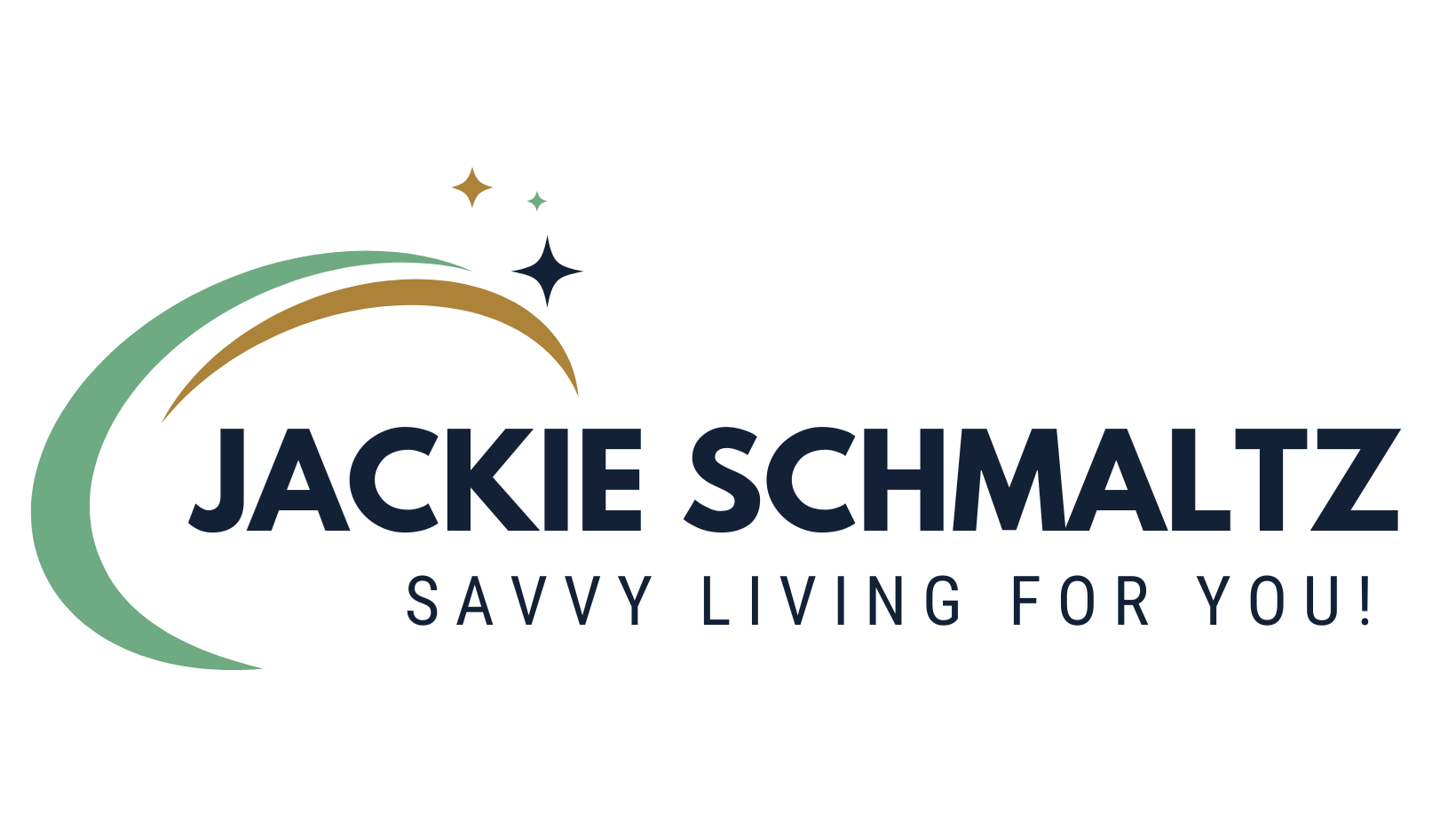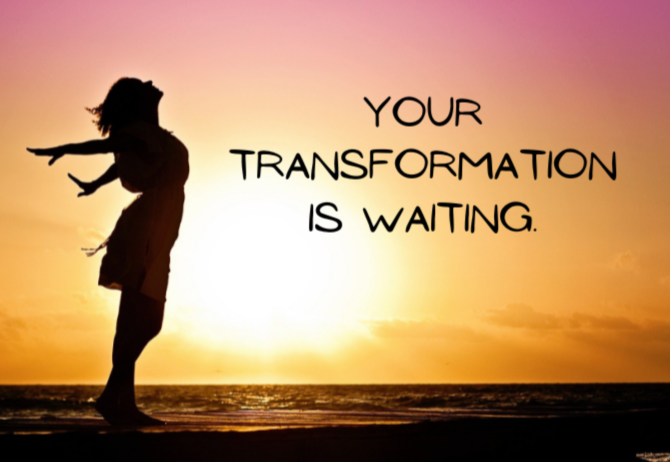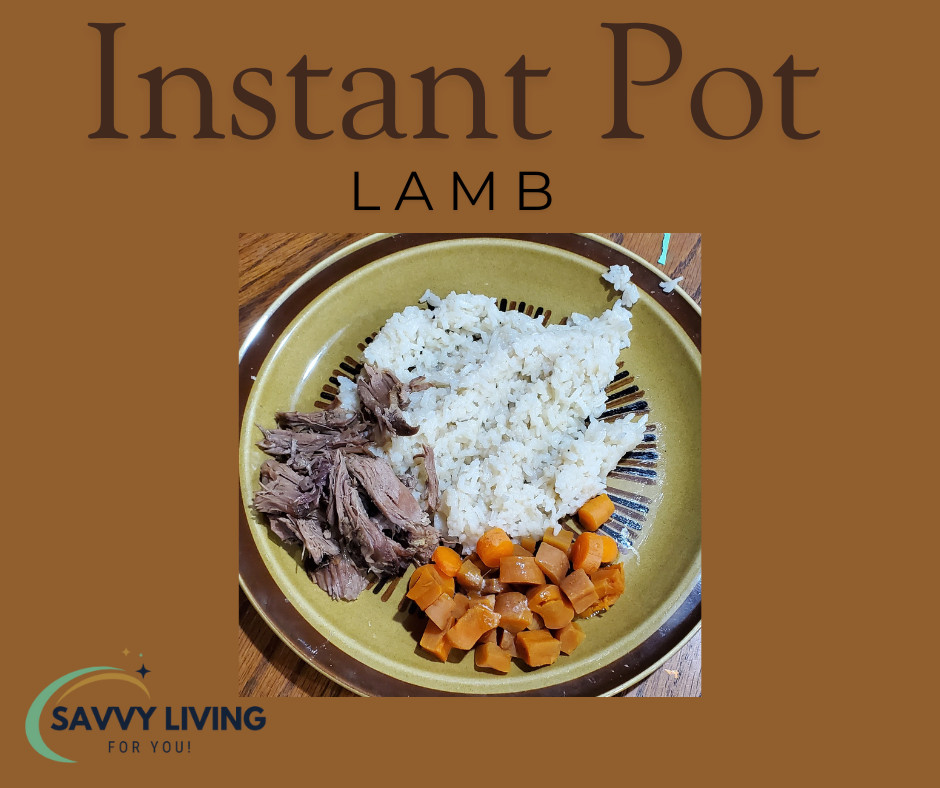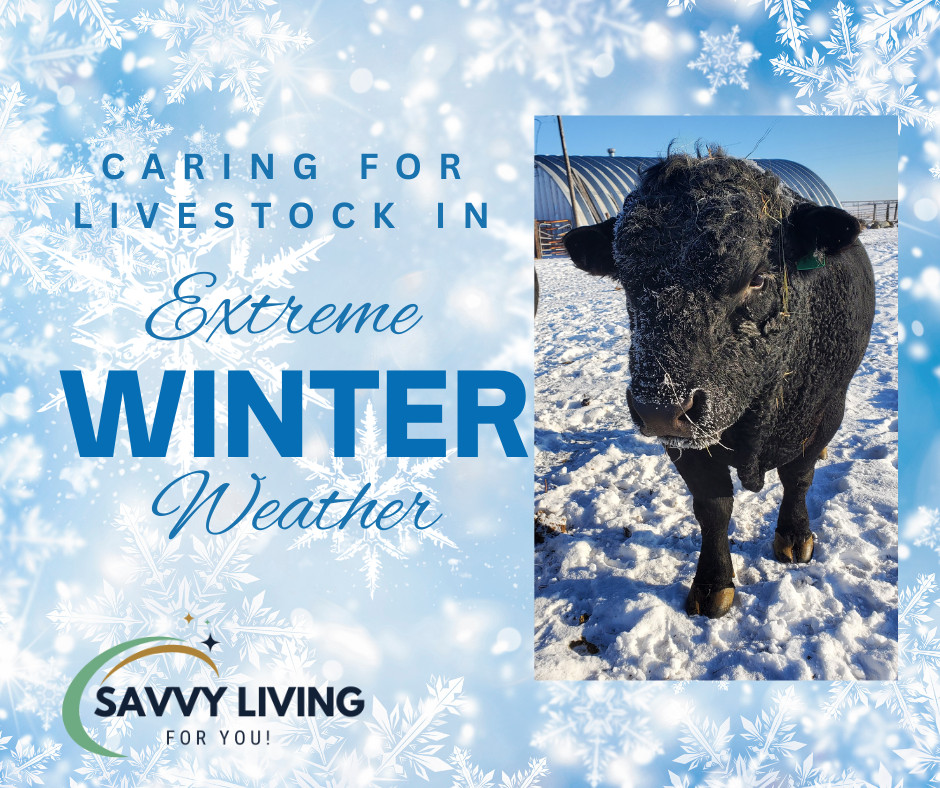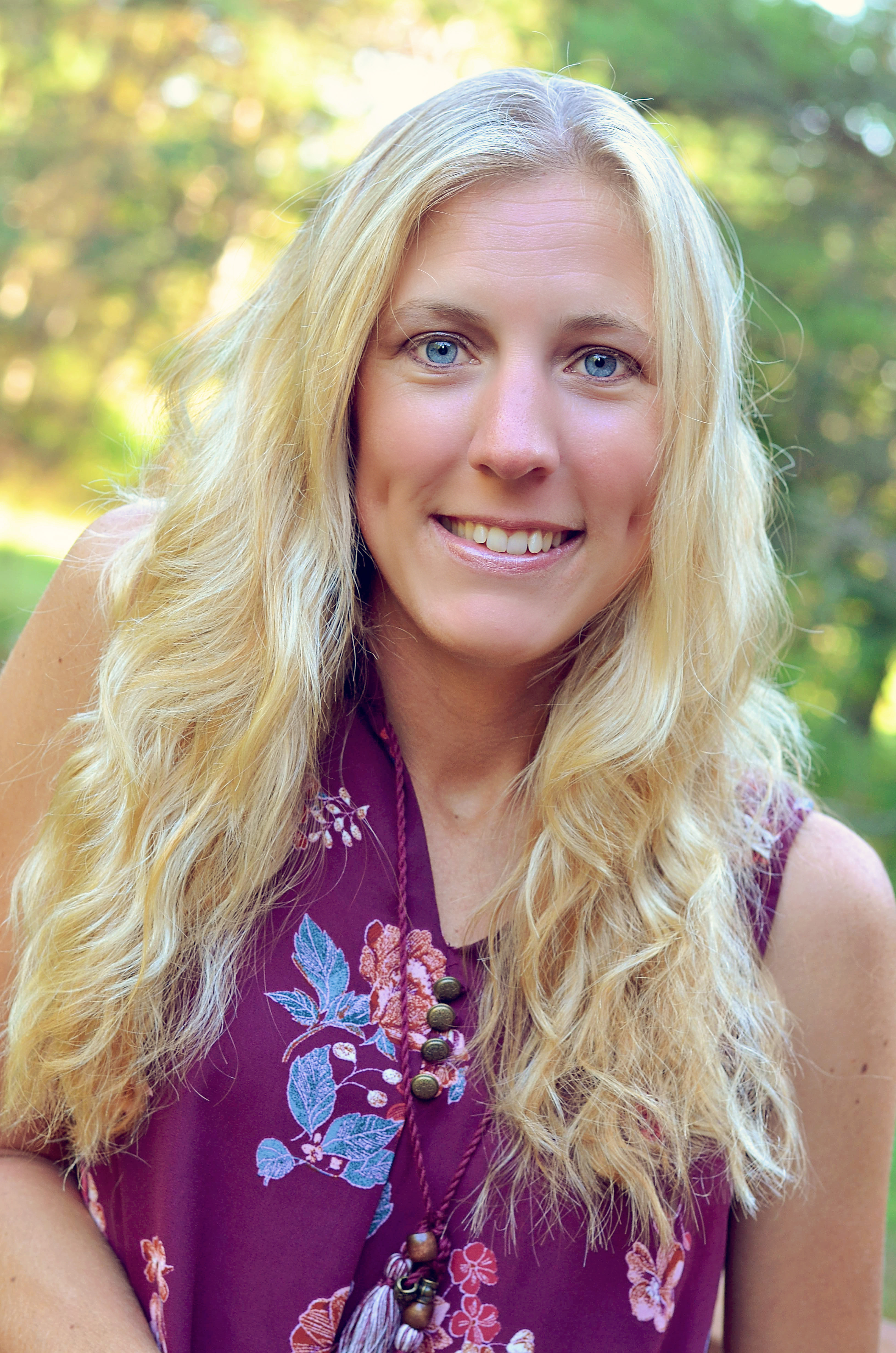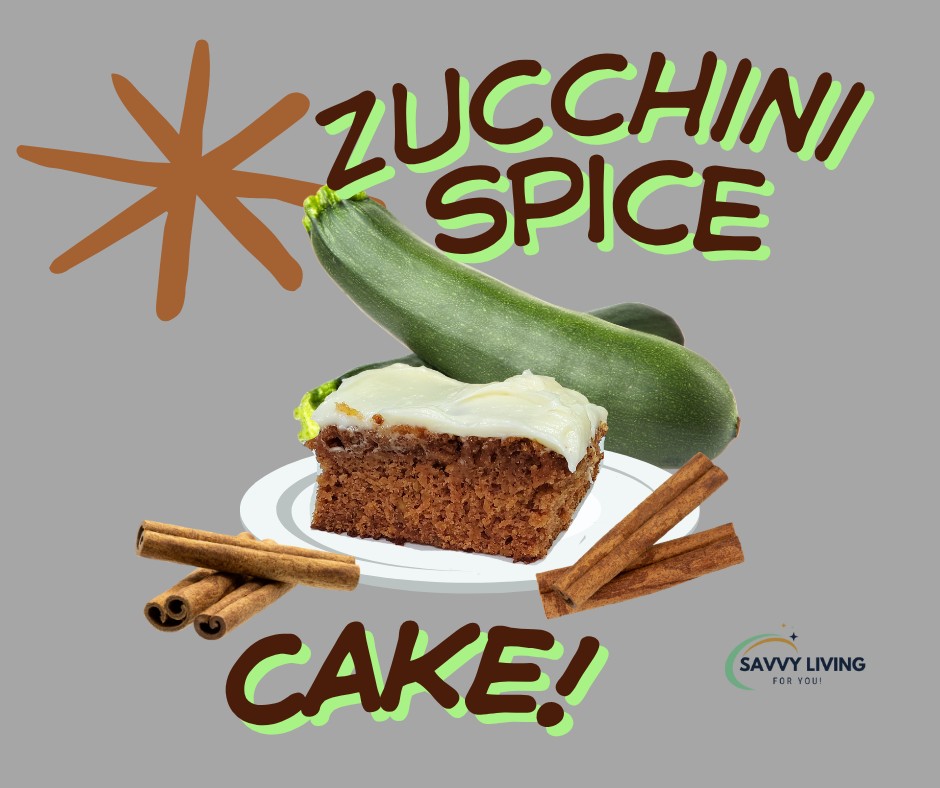
This Zucchini Spice Cake with Cream Cheese Frosting is a wonderful bridge between summer and fall. It’s one of those easy zucchini desserts that never goes out of style. It's warm spices are perfect for cozy gatherings, bake sales, or a simple treat with coffee.
Make it once, and it’ll become your go-to zucchini cake recipe every year!

The apple harvest was abundant this year! I have made SO MANY things with my apples and have found myself knee-deep in apple peels and cores after each busy day of pie-making or juice steeping. Those “scraps” are actually gold for your homestead kitchen. You can turn them into homemade apple scrap vinegar, a tangy, probiotic-rich pantry staple that works just like apple cider vinegar “with the mother.”
Once you’ve made your vinegar, you can feed the spent scraps to your chickens or toss them in the compost pile. Nothing wasted!
🧺 What You’ll Need
- 1 gallon bucket of apple peels and cores (from organic, pesticide-free apples — more cores = more flavor)
- 1 quart non-chlorinated water
- ¼ cup sugar
- A ceramic or glass bowl with a loose-fitting lid or clean dish towel cover
- A plate that fits nicely inside your bowl to keep scraps submerged
🍯 Step-by-Step: Making Apple Scrap Vinegar
1. Mix your sugar water.
Dissolve ¼ cup of sugar in 1 quart (4 cups) of non-chlorinated water. This sugar gives the natural yeasts something to feed on and kick-starts fermentation.
Dissolve ¼ cup of sugar in 1 quart (4 cups) of non-chlorinated water. This sugar gives the natural yeasts something to feed on and kick-starts fermentation.
2. Combine apples and liquid.
Place your apple scraps into your glass bowl or jar. Pour the sugar water over them until completely covered. If you need more liquid, just mix 1 tablespoon sugar per cup of water and add until everything’s submerged.
Place your apple scraps into your glass bowl or jar. Pour the sugar water over them until completely covered. If you need more liquid, just mix 1 tablespoon sugar per cup of water and add until everything’s submerged.
3. Keep it submerged.
Use a plate to weigh the apple pieces down under the water — this helps prevent mold. Any fruit exposed to air can mold and spoil your batch.
Use a plate to weigh the apple pieces down under the water — this helps prevent mold. Any fruit exposed to air can mold and spoil your batch.
4. Cover and ferment.
Loosely cover the bowl with a dish towel and loose lid that does NOT seal air-tight. This keeps out dust and fruit flies while still allowing air in. Let it sit at room temperature for 1–4 weeks, stirring every 12–24 hours (more often is better!).
Loosely cover the bowl with a dish towel and loose lid that does NOT seal air-tight. This keeps out dust and fruit flies while still allowing air in. Let it sit at room temperature for 1–4 weeks, stirring every 12–24 hours (more often is better!).
After about a week, you’ll notice bubbles — a sure sign that fermentation is happening. The smell will shift from lightly alcoholic to vinegary as the process continues.
If the apple bits start turning brown, you can strain them out anytime after the first week, but keep stirring the liquid daily and fermenting for at least 4 weeks total.
5. Strain and store.
After 4 weeks, strain out the remaining fruit using a fine filter or coffee filter. Transfer your finished vinegar to clean glass bottles or jars with screw-on or cork tops. Store it in a cool, dark place, and it’ll keep indefinitely.
After 4 weeks, strain out the remaining fruit using a fine filter or coffee filter. Transfer your finished vinegar to clean glass bottles or jars with screw-on or cork tops. Store it in a cool, dark place, and it’ll keep indefinitely.
🧠 Notes & Tips
- I’ve found a 4-quart Pyrex bowl perfect for making a half-gallon batch. A dinner plate fits just right to keep the peels submerged.
- Keep a dish towel over the top and a plug-in bug light nearby if fruit flies become an issue.
- Over time, you’ll see a cloudy film or jelly-like blob develop. That’s the mother (SCOBY) — the beneficial bacteria doing all the fermenting magic! You can leave it be or save a piece to jump-start your next batch.
- Stir often and keep the scraps submerged to avoid mold.
- Keep your vinegar away from other ferments (like sourdough starter or kombucha) to prevent cross-contamination.
🌿 How to Use Your Apple Scrap Vinegar
Use it anywhere you’d use apple cider vinegar:
- As a base for salad dressings or marinades
- Or add a splash to soups, stews, and sauces
- To use in pickling or canning recipes, you must test the pH, which needs to be at least 4.5% acetic acid.
Homemade apple scrap vinegar is one of those slow, simple projects that reminds us how little waste nature truly makes — and how much flavor comes from what we usually throw away.
If you enjoyed this practical recipe, you'll love using those apple scraps and any small or blemished apples to make your own apple juice too! Check it out HERE and them hop into our Home Instead facebook community for recipes, homestead tips, and fellowship. Check us out HERE!
Some links may be affiliate links. See full disclosure here.
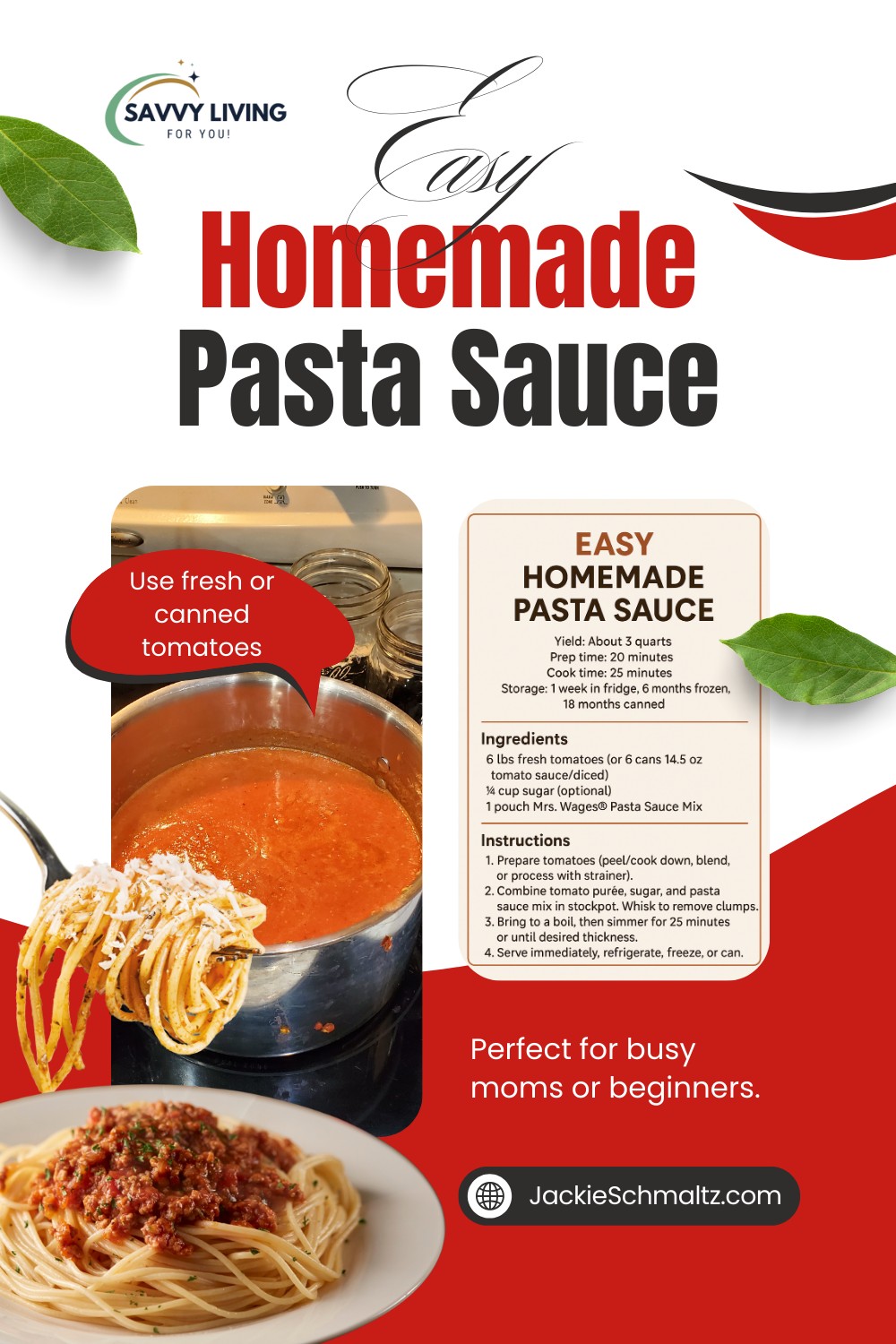
Homemade pasta sauce doesn’t have to be complicated, time-consuming, or expensive. With just a few simple ingredients, you can make a flavorful, wholesome sauce that beats store-bought every time.
Each summer, I end up with tons of volunteer tomatoes in my garden, and instead of feeling overwhelmed, I’ve learned to be grateful for the abundant blessings. One of the best ways I use them is by making my own pasta sauce—it’s healthy, budget-friendly, and so satisfying.
Why Make Your Own Pasta Sauce?
One of the biggest perks of homemade pasta sauce is that it’s naturally lower in sugar and unnecessary additives. Many store-bought sauces are loaded with sugar, oils, and preservatives.
By making your own, you can:
- Control the ingredients
- Cut back on added sugars
- Adjust thickness and flavor to your liking
- Enjoy a fresh, homemade taste
It even converted my “butter noodles only” kid into a “make it super saucy, Mom!” spaghetti lover. That alone makes it worth it!
What Tomatoes Work Best?
You can use:
- Fresh tomatoes – Roma varieties are great for thicker sauce, but juicy varieties or even cherries work too (just cook down longer).
- Canned tomatoes or sauce – Perfect in a pinch.
- Homemade canned tomato sauce – If you’ve preserved your summer harvest, this is the easiest option.
Tip: The juicier the tomato, the longer you’ll need to cook it down to thicken it up, or go with a thin sauce if you have no patience like me!
Step-by-Step: How to Make Pasta Sauce
Ingredients
- About 6 pounds of fresh tomatoes or 6 cans (14.5 oz each) tomato sauce or diced tomatoes
- ¼ cup sugar (optional but recommended)
- 1 pouch of Mrs. Wages® Pasta Sauce Mix
Equipment
- 5–6 quart non-reactive kettle like stainless steel; avoid aluminum.
- KitchenAid® attachment for processing tomatoes. Blender, food mill work too.
Directions
- Prepare the Tomatoes
- Option 1: Scald tomatoes in boiling water for 3 minutes, peel and core. (Messy and time consuming!)
- Option 2: Place whole tomatoes with seeds, peels, and stems in a blender. (We didn’t like the taste and texture.)
- Option 3 (my favorite): Use a KitchenAid® strainer attachment to easily separate seeds/skins from pulp. (Life-changing!) See how HERE.
- Cook the Sauce
- Combine tomato purée, sugar, and Mrs. Wages® Pasta Sauce Mix in your pot.
- Whisk well to remove clumps.
- Bring to a boil, then simmer for 25 minutes, stirring occasionally.
- Simmer longer for a thicker, richer sauce.
- Enjoy or Store
- Serve right away, refrigerate for up to 1 week, freeze for up to 6 months, or can for up to 18 months.
How to Can Pasta Sauce
- Make sure jars, sauce, and canner are all at the same temperature (hot sauce, in hot jars, with hot canner, cold with cold).
- Ladle sauce into clean mason jars, leaving ½-inch headspace.
- Wipe rims, add lids and bands finger-tight.
- Process in a hot water bath canner for 40 minutes.
- Let jars rest for 5 minutes, then carefully remove.
- Place on a towel, undisturbed, for 24 hours for proper sealing.
- Any jars that don’t seal should be refrigerated and used within a week, or frozen.
How to Use Pasta Sauce
I use 1 quart of sauce per 1 pound of browned hamburger and ~1 pound of pasta (uncooked weight) to feed my family of five. Sometimes there are leftovers, sometimes not!
Want to make it restaurant-level? Serve over fresh homemade noodles—no fancy Italian restaurant required.
That's it! Jump into my homesteading community on Facebook for more recipe, gardening, and homestead life sharing.
👉 Do you grow tomatoes too? What’s your favorite way to use them—sauces, salsa, or something else? Share in the comments!
Easy Homemade Pasta Sauce Recipe Card
Yield: About 3 quarts
Prep time: 20 minutes
Cook time: 25 minutes (plus more for thicker sauce)
Storage: 1 week in fridge, 6 months frozen, 18 months canned
Cook time: 25 minutes (plus more for thicker sauce)
Storage: 1 week in fridge, 6 months frozen, 18 months canned
Ingredients
- 6 lbs fresh tomatoes (or 6 cans 14.5 oz tomato sauce/diced)
- ¼ cup sugar (optional)
- 1 pouch Mrs. Wages® Pasta Sauce Mix
Instructions
- Prepare tomatoes (peel/cook down, blend, or process with strainer).
- Combine tomato purée, sugar, and pasta sauce mix in stockpot. Whisk to remove clumps.
- Bring to a boil, then simmer for 25 minutes or until desired thickness.
- Serve immediately, refrigerate, freeze, or can.
Some links may be affiliate links. See full disclosure here.

This traditional lefse recipe has been passed down in our rural ND community for generations. It is easy to make and tastes delicious. It freezes well which makes it a great option for preserving that abundant garden potato harvest or bulk grocery store find.
What you’ll need:
- 6-quart stock pot for boiling potatoes
- Lefse making kit (see note 1 for equipment details)
- Food mill with Potato Ricer disc
- ~5 pounds of potatoes to make 8 cups mashed. (see note 2)
- ½ cup melted butter
- ½ cup heavy whipping cream
- 2 Tablespoons sugar
- 1 Tablespoon salt
- 4 cups Flour + more for flouring surface if needed (see note 1).
Make It:
- Boil and peel the potatoes. (see note 2)
- Run the cooked, peeled potatoes through the potato ricer. Measuring out 8 cups.
- To the 8 cups riced potatoes add the ½ cup melted butter, ½ cup cream, 2 Tbsp sugar, 1 Tbsp salt. Mix until incorporated. If it’s still hot, let cool to just warm.
- Add the 4 cups flour, one or 2 cups at a time. Knead with your hands until all the flour is absorbed and a nice sticky dough is formed.
- Roll the dough into balls (see note 3.) Let rest while you prepare your rolling/cooking area. Plug in the griddle, set to 500⁰F.
- Roll out the dough balls until they are as thin as possible while still being manageable; about ¼”. Too thick, they won’t cook through, too thin, they’ll tear and be hard to handle. (See Note 1 for my best tricks)
- Carefully maneuver rolled out lefse onto the UN-greased griddle and cook for 1:30 minutes. Flip. Cook another 1:30 minutes. Remove to a cooling wrack….or eat it right then.
Notes:
- They sell Lefse making kits which are a great investment with everything you need to start out, but over the years I have found rolling the dough on a floured surface with a covered rolling pin to be time consuming and uses a LOT of flour…and it's messy. I invested in a tortilla press and will never go back. It takes just seconds, not minutes, to roll out perfectly round lefse and eliminates the need for the rolling pin and flouring board that comes in the kit. You'll still want a flipping stick and will need the griddle or two.
To roll out lefse using a tortilla press simply sandwich the dough ball in between cling wrap and put the press down until it’s the desired 1/4" or less thickness. Peel one side of the cling wrap off, then flip the lefse in your hand to peel the other side off and plop it on the griddle. No flour needed, which makes for no mess and no chalky lefse. No more frustrations of lefse sticking to the flour board or rolling pin. It was a game changer for making multiple batches.
2. Russets are traditional, but I’ve found that all potatoes will work, even purple potatoes. If you boil the potatoes first, the peels will strip right off if you keep them wet.
3. Roll the dough into balls that are slightly bigger than a golf ball to no bigger than a baseball, finding the right size for you. My littles are still young, so I’ve found the smaller 8” lefse to be easier to press, handle and eat.
To Eat:
Lefse is versatile. It can be eaten for breakfast, dessert, or part of a meal. Use it like any flatbread or tortilla or as it is. Our favorite way to eat lefse is warm with butter, sprinkled with cinnamon and sugar. I also like eating it like a crepe with fruit and yogurt rolled up in it. Or make a savory wrap for lunch. Sky is the limit! I’d love to know how you like your lefse.
That’s it! Easy and delicious traditional lefse made with real garden potatoes and maybe even cream and butter from your own dairy animal or your own home-milled flour. So good!
Happy Homesteading!
For more homesteading recipes like this, hop in our Facebook community HERE and GET ON THE LIST to grab my upcoming book, Abundant Homestead; practical ways to use your homestead harvests and enjoy the fruits of your labor.
Some links may be affiliate links. See full disclosure here.
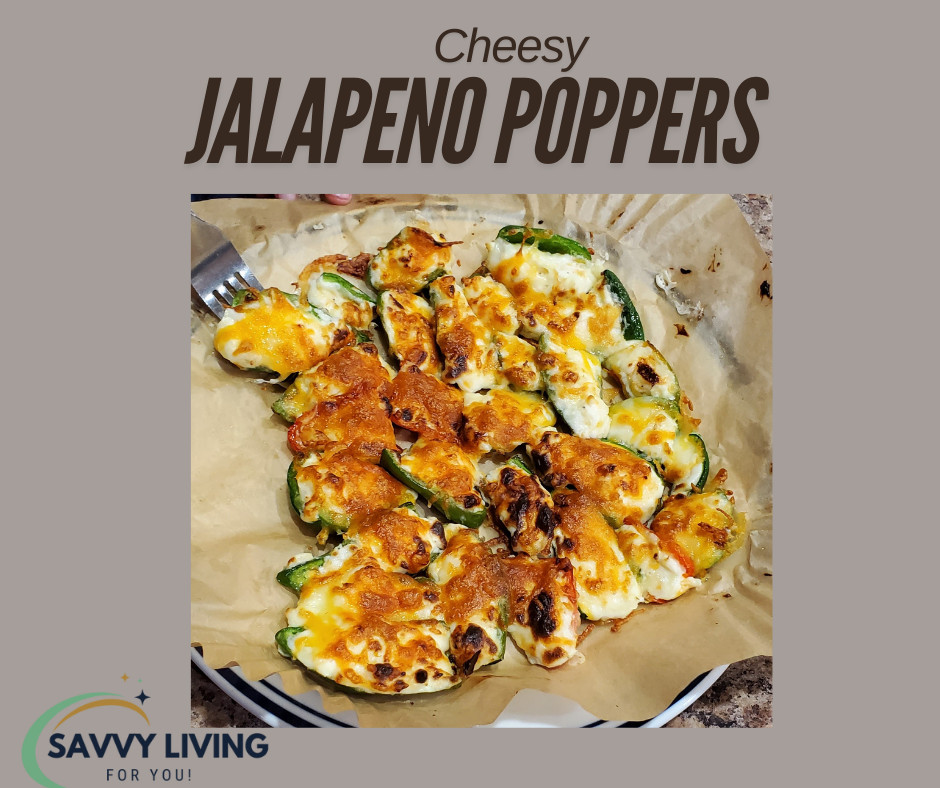
Jalapeño Poppers
It’s that time of year when I dig up my pepper plants from the garden and bring them inside for the winter. I love doing this because for one, it saves me from having to buy new plants or seeds in spring, and two, many times I get peppers from them in the winter. I only wish I had a giant greenhouse room to have more plants inside.
So what do I do with all those peppers? Most years I will pickle a few jars, but this Jalapeno Popper recipe is another delicious way we use up our peppers. Using Jalapeno for a little kick and bell peppers for the girls who don’t like spicy. You can make these in the Air Fryer or in the Oven.
What you’ll need
- ~12 Jalapeño peppers cut in half, seeds removed (wear gloves when you do this)
- 8 oz cream cheese at room temperature
- 1 cup shredded cheese, cheddar or a blend is what we like
- ½ tsp garlic powder
- ¼ tsp sea salt
- ¼ tsp black pepper (optional)
- 4 slices precooked bacon (optional)
Instructions
- Prep the jalapenos. While wearing rubber gloves, slice the peppers in half, remove the seeds and membranes. The spice is in the membrane, so if you like more spice, leave the membrane in. You can leave the tops on or off. We like them off for faster deposits into the mouth.
- Mix the filling. Mix together the cream cheese, shredded cheese, garlic powder, salt and pepper. I like to use my KitchenAid stand mixer with the beater paddle for this.
- Prep your pan. If using the Air Fryer, line it with these parchment liners for easy cleanup. If using the oven, line a sheet pan with foil or parchment. Nobody has time to be scrubbing baked cheese off pans.
- Fill the Peppers. Fill the pepper halves with the cream cheese filling and top with additional shredded cheese and bacon. Side note: Any filling left over goes really well on top of baked potatoes.
- Bake. If using the Air Fryer, bake at 400⁰F for ~5 minutes until cheese is golden how you like it. For the oven, bake at 400 for 10-15 minutes.
That’s it! Enjoy these delicious Jalapeno poppers as party hors d’oeuvre, appetizers, or a healthy snack.
For more recipes and ideas for what to do with your abundant homestead and garden harvests, join our Facebook community and stay tuned for the release of my new book, Abundant Homestead, a collection of practical ways for busy families to use and preserve your homestead harvests. Get on the list to get a free copy HERE.
Some links may be affiliate links. See full disclosure here.
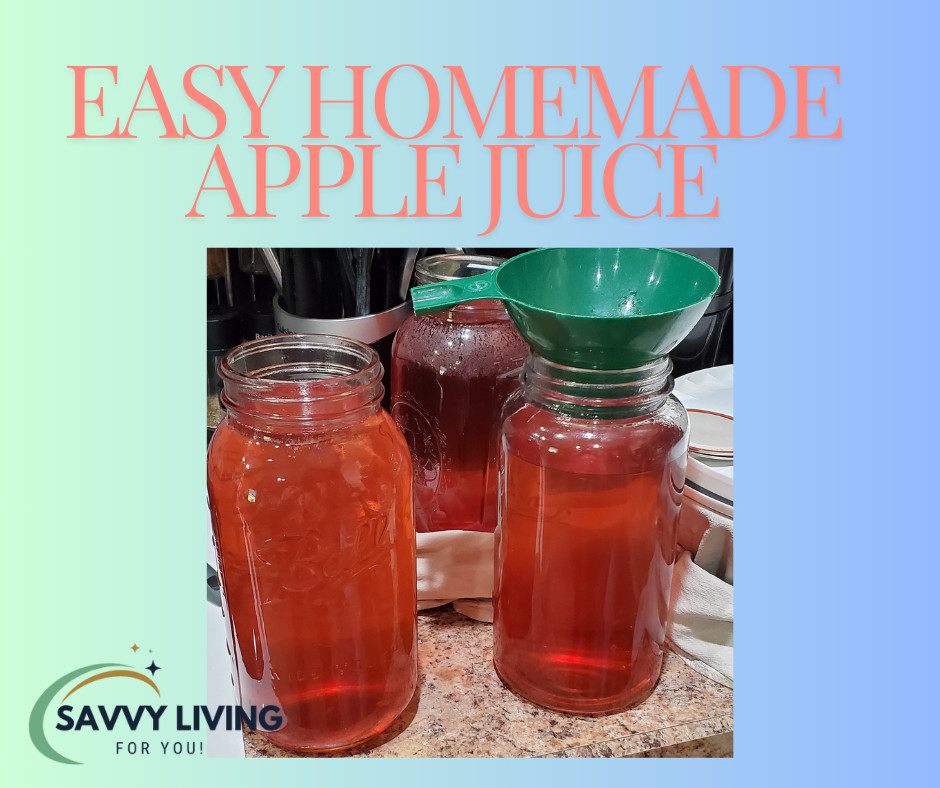
The easiest way to use up excess apples is to turn them into homemade apple juice using this hands-off method that your whole family will love.
Read more...This is an old family recipe that originally had a biscuit mix crust but I replaced the biscuit crust with this delicious zucchini or cauliflower crust and it is a match made in heaven. The sour cream egg filling is divine! A moist egg bake with a hint of creaminess and delicious pop of garlic will have your taste buds dancing. The fact that it is low carb and whole food healthy will have your homesteading mama self fulfilled and satisfied.
I’ll give you the base recipe, but it is really versatile with what you can add to it. Check out the notes at the bottom for our favorite add-ins and substitutes.
WHAT YOU’LL NEED
A mixing bowl
12” cast iron skillet or 9x13” baking pan
8 eggs
1/3 cup mayo
1 cup sour cream
1 tsp minced onion (dried or fresh)
½ tsp garlic salt (reduce if using salty meat like ham or sausage)
1/8 tsp pepper
1 cup chicken (or any meat of choice. See notes)
1 cup shredded cheese like cheddar or Colby blend
½ cup spinach or leafy green of choice
MAKE IT
1. Prepare your crust following the recipe for Zucchini/cauliflower crust. Once the crust is out of the oven, lower the temp to 350.
2. Mix the eggs, mayo, sour cream and spices together with a whisk. Then add the meat, cheese, and leafy greens.
3. Pour it over the already prepared crust and pop in the already warm oven.
4. Bake it at 350 for 30-35 minutes until set in the middle.
NOTES: Any cubed or shredded meat can be used in place of the chicken. We like our home-made sausage or ham the best. Reduce the salt about half when using a salty meat. Adding a little pre-cooked bacon is a nice touch as well. You can even omit the meat altogether. For the leafy greens, any will do. I stopped growing spinach in my garden and replaced it with Swiss Chard instead for higher more economical yield and easier growing in my area. Kale works great too, or you can even omit the greens altogether.
I hope you enjoy this wholesome family recipe as much as we do. For more recipes and homesteading lifestyle tips check out our community on Facebook, Home Instead; practical homesteading tips, tricks and recipes.
Some links may be affiliate links. See full disclosure here.
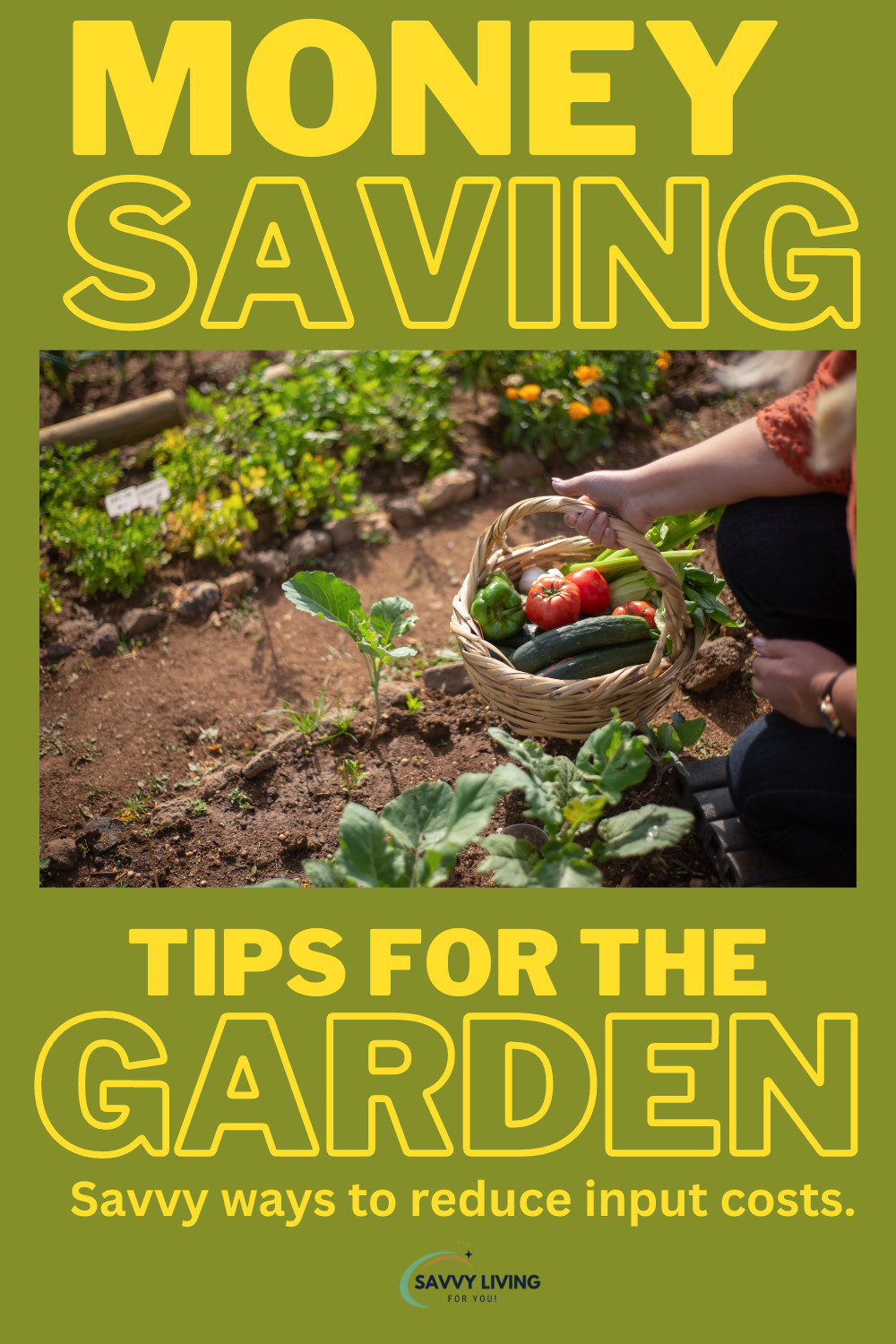
Things I’ve stopped doing in the garden that save money.
With the rising cost of things these days, we’re all looking for ways to save money. Gardening in itself is a great way to save money, but I’ve gone even further to share my best tips for saving money in the garden. Check it out…..
1. Don’t buy fertilizer or bagged manure/compost.
We live on a farm, so manure compost is abundant around here, but for those of you in the city or not on a farm you still have better options than buying bagged manure or pelleted fertilizers. Most farms are happy to let you fill a garbage can or pickup, etc for free, or at least a lower price than the stores. Maybe you have a neighbor with some chickens in the backyard? Ask them.
Composting is another great alternative. Composting is a natural process that transforms your kitchen and garden waste into a valuable and nutrient-rich food for your garden. It's easy to make and use. All organic matter eventually decomposes. In a compost pile, this process is accelerated by conditions created by the composting gardener (you).
Use compost bins like THIS ONE to make the process more user friendly.
2. Stop buying seeds.
You won’t be able to do this entirely, but here are the things I no longer buy seeds for and how I do it.
- Potatoes. Save the baby potatoes that are too small to bother with, or the ones that have gone soft or sprouted before you could eat them. They will store in a cool dry place in burlap or cardboard until you can plant them, and will yield potatoes as good as any seed potatoes you buy. I haven’t bought seed potatoes in 3 years (since discovering this trick). This year alone, my garden yielded almost 100 pounds of potatoes just from the tiny ones I saved from last year’s harvest or I bought but went bad. That’s a lot of money saved….and a lot of lefse’ to make and freeze. See how I do that in the next blog.
- Tomatoes. I have the best luck with cherry tomatoes. They just come up voluntarily in my garden now and I let them. I also have random Roma and Heirlooms show up, but mostly cherry. So, you can leave the fruits fall in the ground and grow on their own, or if you don’t want your garden looking like a tomato jungle like mine did this year, save the seeds and plant them where you’d like them. I just remove the seeds and spread them on some scrap paper to dry and store them in a bag with a paper towel or napkin inside in case I don’t get them dried enough. You may notice the cherries may not be as sweet, but I use them in my sauces and such as normal tomatoes so sweetness isn’t an issue. And when you have more tomatoes than you know what to do with, I have an awesome-sauce recipe for sauces and salsa (haha), including the best sauce-making gadget around that cuts time by peeling and pitting your tomatoes for you. A must-have thing for my kitchen.
- Green beans. No matter how good you check your plants at harvest time, you always miss a bean or ten and they get too big and seedy. I started leaving them on the vine to complete their seed-making process, then harvest the seeds to plant next season. Works great and I don’t feel bad about letting those beans go to waste.
- Peas. Same as the beans.
- Dill. Plant dill once and you’ll never have to buy seed again if you leave just one stem go to seed. You could even ask a friend for a stem of over-ripe dill to let dry and harvest the seed. The flowers turn to seed, so simply let the dill go to seed, and strip the seeds off. You’ll get hundreds from just one stem. I do this with cilantro and mint as well.
- Onions. I just have the red (purple) spring onions in my garden now because they produce their own bulbs and keep planting themselves. I mean, a plant that plants itself is definitely what this busy mama needs in her life. Every onion bulb will grow a cluster of 4-6 more onion bulbs at the end of its stem. You can let the stem tip over and plant itself, or you can pick off the cluster of bulbs and plant them where you want them. I have planted the whole cluster as one and I have broken them apart to plant as single bulbs. Single bulbs tend to grow bigger, but if they are teeny-tiny, plant the cluster and split them when they get bigger.
- Garlic. This one will take a few years to build up enough seed stock to be self sustaining, but every clove of garlic planted will give you a cluster of 4 or more cloves. I grow hard neck variety because I’m in zone 4. You will have some cloves that are giant and glorious, cook with those. The cloves that are smaller are the ones I save for planting. This year I tried an experiment that so far seems to be working well….if they survive our North Dakota winter. I let a few of my garlic scapes (the top flowers) go to seed and planted that. So far they are sprouting and creating mini bulbs. I expect them to sprout again in spring, but it’ll likely take 2 years before they are big enough to eat. If this experiment works out, I will have over 50 garlic bulbs to plant from my original 8 cloves I started with. (fingers crossed)
- Peppers. Did you know you can transplant your pepper plants to a pot and bring them inside for the winter? I’ve done this with jalapenos and green bells, but any variety should do. There’s a special way to prune the plant I learned on YouTube. The idea is for the plant to go dormant, but mine didn’t go dormant, and in fact, kept giving me peppers all winter, and when I planted it back in the garden in spring it was LOADED all summer long. I currently have 10 pepper plants in my living room waiting to be replanted next spring. Good thing I learned a great way to pickle peppers this year. I should no longer need to buy jars of those anymore either. I'll share how in another blog (you may as well just subscribe below so you don't miss these).
- Flowers. There are tons of flowers that you can harvest seeds from. A simple youtube search of the flowers you have will tell you if and how to get seeds from them. The easiest for beginners is the hardy Marigold. Simply let it dry out. Pluck the petals and there will be long skinny seeds. I currently have a million petunia seeds I harvested from the mother’s day basket my kids gave me in May. Ask your flower-loving friends to let you harvest some seeds to get you started. If they know about this trick, they’ll have plenty to share. If they don’t know, they’ll be happy for the tip.
There are tons of other plants you can harvest seeds from. This is just what I have personally done myself. I’d love for others to share their experiences in the comments as well. Now for my next tip....
3. Stop buying spinach. We LOVE spinach, but up here in ND, good, fresh spinach is hard to come by and a bit spendy. I was growing it in my garden, but found its yield to be not very rewarding compared to the bountiful harvests of the other things I grow. A packet of seeds barely gave us enough to enjoy for a month. It just goes to seed so fast. It yielded so little. It was not paying for itself. A friend of mine told me to use Swiss Chard instead, and gave me some to try. I will never plant spinach again. Instead I plant Swiss Chard and use it in everything I used to use spinach in. No one has been able to tell the difference. I used to need to plant 3 seed packets of spinach to get enough for my family to enjoy half the summer; approximately a $12 investment to yield barely what I could buy $3 at the grocery store. This year I planted half a packet of Swiss Chard. We ate on it all summer, and it’s now mid-October and I still have a gallon-sized baggie of it sitting crispy in my fridge. Its big leafy goodness just yields so much and stays fresh much longer. It is DEFINITELY a permanent add to my garden. Goodbye spinach.
4. Stop winging it from memory. I started keeping records because each spring I would spend too much time trying to figure out how much seed to buy to get the yields I needed. Then I would spend too much time in my garden trying to lay out a planting plan based on memory of how the year before went. I don’t have time for all that thinking and remembering and who wants to repeat epic fails? Creating journals is what I do, so when I couldn’t find a suitable garden journal to buy, I made one that suited my needs. One that doesn’t have a lot of extra stuff. Just plain and simple, easy to use, exactly what I want to record. Nothing more to sift through. It has space to plot how I laid out the garden plots, record what I planted, when I planted, and when it will be ready to harvest, and lots of note writing space to record anything different I did or need to do, what did well where, etc. There’s a companion plant chart for easy access too. My garden has spots that are in partial shade and full sun. There is harder soil and soft. I also have 2 gardens, so recording which vegetables do better in which garden and where is helpful too. In my world, time is more precious than money, so taking a few seconds to jot a few notes that saves me hours of planning and trying to remember things year-to-year is a sound investment. Grab the journal HERE.
So there you have it, the many ways to save money while still having a successful vegetable garden. By doing your own composting, harvesting seeds, and utilizing the right varieties of plants to fit your needs, you can reduce expenses. If you’re looking for even more advice and insights, make sure to check out the savvy living community. There you’ll find plenty of tips and tricks from individuals who have already put in countless hours of effort into maintaining beautiful gardens. So get out there and start reducing your gardening costs!
Some links may be affiliate links. See full disclosure here.
